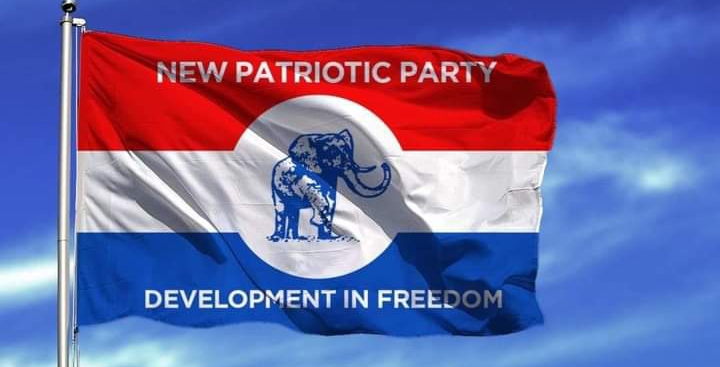
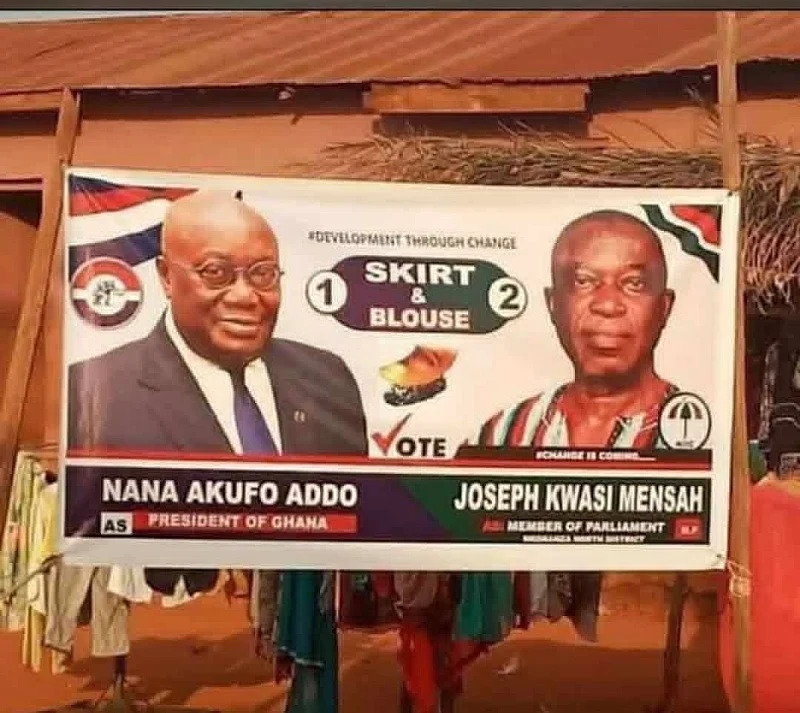
In the 2020 general elections, the term 'skirt and blouse' was frequently used to describe a voting pattern where voters chose candidates from different political parties for the presidential and parliamentary elections.
This phenomenon highlights a nuanced voter behaviour where allegiance to party lines is not absolute, signalling the electorate's desire for diverse representation.
The 'skirt and blouse' voting pattern is not new in Ghanaian politics, but its prevalence in the 2020 elections was notable for its scale and the implications it had for both major political parties, the New Patriotic Party (NPP) and the National Democratic Congress (NDC).
This trend suggests that voters were making more independent choices, evaluating candidates on their individual merits rather than strictly adhering to party loyalty.
Regions notable for 'skirt and blouse' voting
Several regions in Ghana exhibited the skirt and blouse voting pattern in the 2020 elections. Among these were:
Greater Accra Region:
In constituencies like Okaikwei North, voters chose NDC candidates for Parliament but supported the NPP's presidential candidate, Nana Addo.
This split voting behavior indicated a strategic choice by the electorate to balance power between the two major parties.
Central Region:
The Central Region has historically been a swing region, and in 2020, it continued to live up to its reputation. Constituencies such as Agona East, Asikuma Odoben Brakwa, Assin North, Awutu Senya West, Cape Coast North, Cape Coast South, Gomoa East, and Gomoa West saw voters supporting the NPP's presidential candidate while electing NDC parliamentary candidates.
Western Region:
The Western Region also saw instances of skirt and blouse voting, particularly in constituencies like Jomoro, where voters supported the NDC's parliamentary candidate but voted for the NPP in the presidential race.
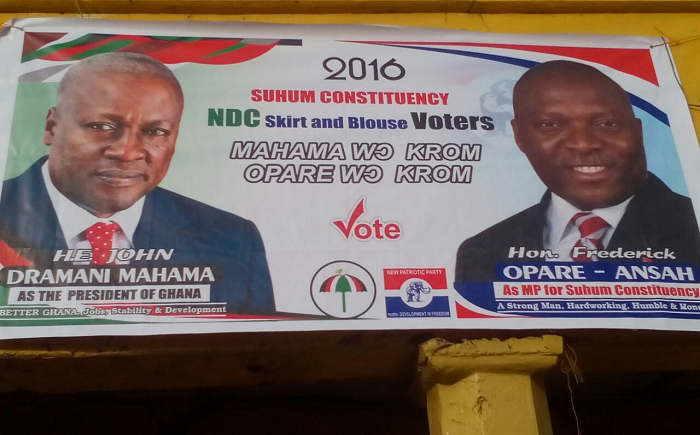
This region's voting pattern reflected the electorate's desire for a balance of power.
Bono East Region:
In Bono East, specifically in the Techiman South constituency, there was a significant display of 'skirt and blouse' voting.
Other constituencies where constituents voted 'skirt and blouse' included Atebubu/Amanting, Kintampo South, Nkoranza North, Nkoranza South, and Pru West.
Voters here chose different parties for the presidential and parliamentary elections, further emphasising the electorate’s independent approach to voting.
Ahafo Region:
Asunafo South is considered a swing seat. In 1996, the NDC won with 67.3% of the votes, while the NPP won in the 2000, 2004, and 2008 elections with 50.6%, 51.9%, and 50.1% of the votes, respectively.
The NDC won the seat in 2012 with 52.1%, and the NPP reclaimed it in 2016 with a slim margin, polling 49.9% against the NDC's 49.5%.
However, in 2020, the NDC polled 51.27% to win the seat, while the NPP presidential candidate won 51.52% of the total votes cast.
Ashanti Region:
The former Member of Parliament (MP) for Fomena Constituency, Andrew Amoako Asiamah, won the seat as an Independent Candidate. He polled 12,805 votes, representing 48.56%.
Bono Region:
Three constituencies, namely Banda, Jaman South, and Wenchi voted 'skirt and blouse' in the 2020 polls. NDC's Ahmed Ibrahim, who contested the Banda constituency, polled 8,277 votes, representing 50.3%, to win the seat, while Nana Akufo-Addo polled 8,332 votes (50.98%).
In Jaman South and Wenchi constituencies, the NDC won the parliamentary seats, but the NPP presidential candidate won the presidential votes.
Eastern Region:
Akwatia, Ayensuano, and Upper West Akim constituencies in the Eastern Region also witnessed skirt and blouse voting. The region is considered a stronghold of the NPP.
North East Region:
Yunyoo is a constituency in the North East Region where constituents voted for the NPP parliamentary candidate but supported John Mahama in the presidential race.
Northern Region:
In the Savelugu constituency, NDC's Abdulai Jacob Iddriss polled 19,577 votes, representing 50.13%, to win against the NPP's Muhammed Abdul-Samed Gunu, while Nana Akufo-Addo won the presidential vote over Mahama.
Savannah Region:
In Damongo, constituents voted for the NPP's Samuel Abu Jinapor, who polled 15,989 votes, representing 54.08% of the total votes cast, while Adams Mutawalitu polled 13,279 votes (44.92%).
The NPP won the parliamentary seat in Salaga North, while Mahama won the presidential votes.
Upper East Region:
Binduri is another swing constituency and the only seat where constituents voted for Mahama but chose the NPP parliamentary candidate.
Upper West Region:
Lambussie-Karni, Nandom, and Sissala East witnessed skirt and blouse voting as well.
Volta Region:
John Peter Amewu emerged as the first MP for the Hohoe constituency on the ticket of the NPP.
This historic feat was achieved with 26,952 votes in his favor, compared to 21,821 votes for his major competitor from the NDC, Prof. Margaret Kweku.
This performance marked a significant jump from the results that the constituency had seen since 1992 in parliamentary polls.
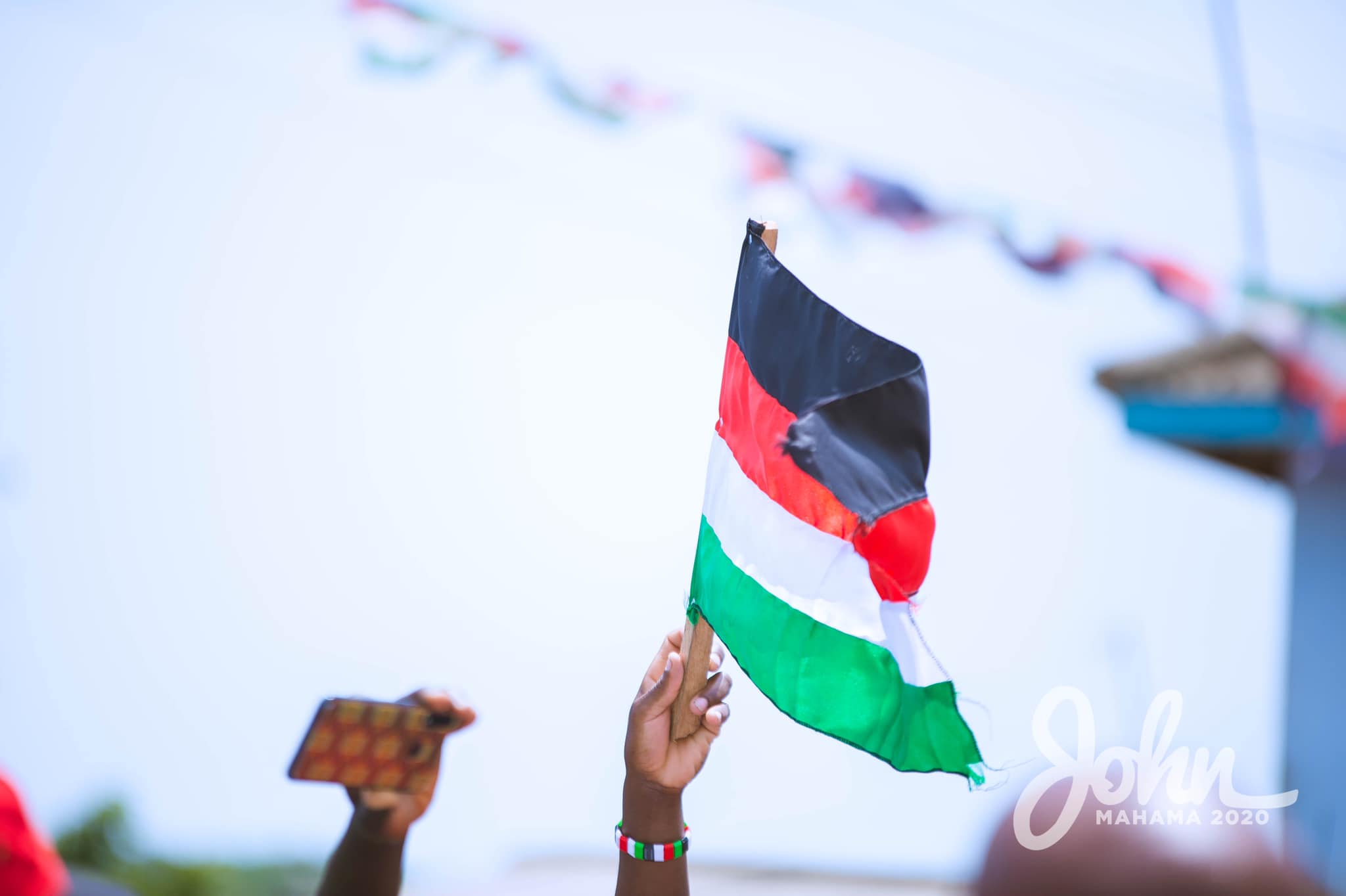
Implications of the 'skirt and blouse' voting pattern
The prevalence of the 'skirt and blouse' voting pattern in these regions had several implications:
- Checks and balances: Voters may have been seeking to ensure checks and balances within the government, preventing any single party from dominating both the executive and legislative branches.
- Candidate appeal: The pattern highlighted the importance of individual candidate appeal. In many cases, parliamentary candidates who were seen as more attuned to local issues and concerns were preferred over those who were simply aligned with the presidential candidate's party.
- Evolving political dynamics: The trend suggested a shift in Ghanaian political dynamics, where voters are increasingly critical and selective, signalling a more mature and discerning electorate.
The 'skirt and blouse' voting pattern in the 2020 elections reflects the evolving nature of the country’s democracy.

As voters become more informed and independent in their choices, political parties will need to adapt by focusing not just on party loyalty but also on the quality and appeal of individual candidates.
This trend is likely to continue influencing Ghanaian elections in the future, making it an important aspect for political analysts and parties to consider.
Read Full Story

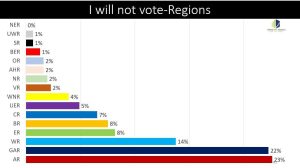








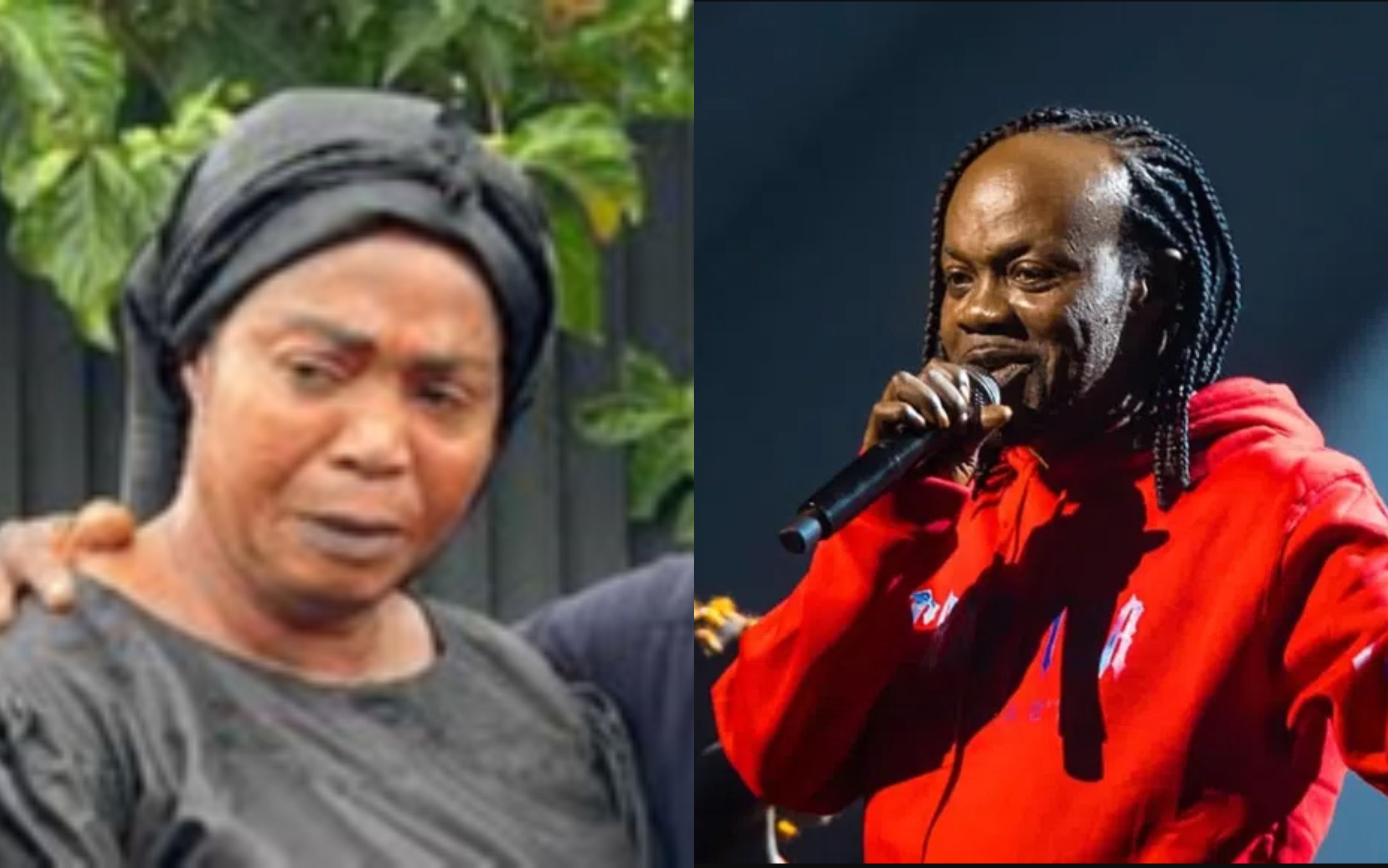

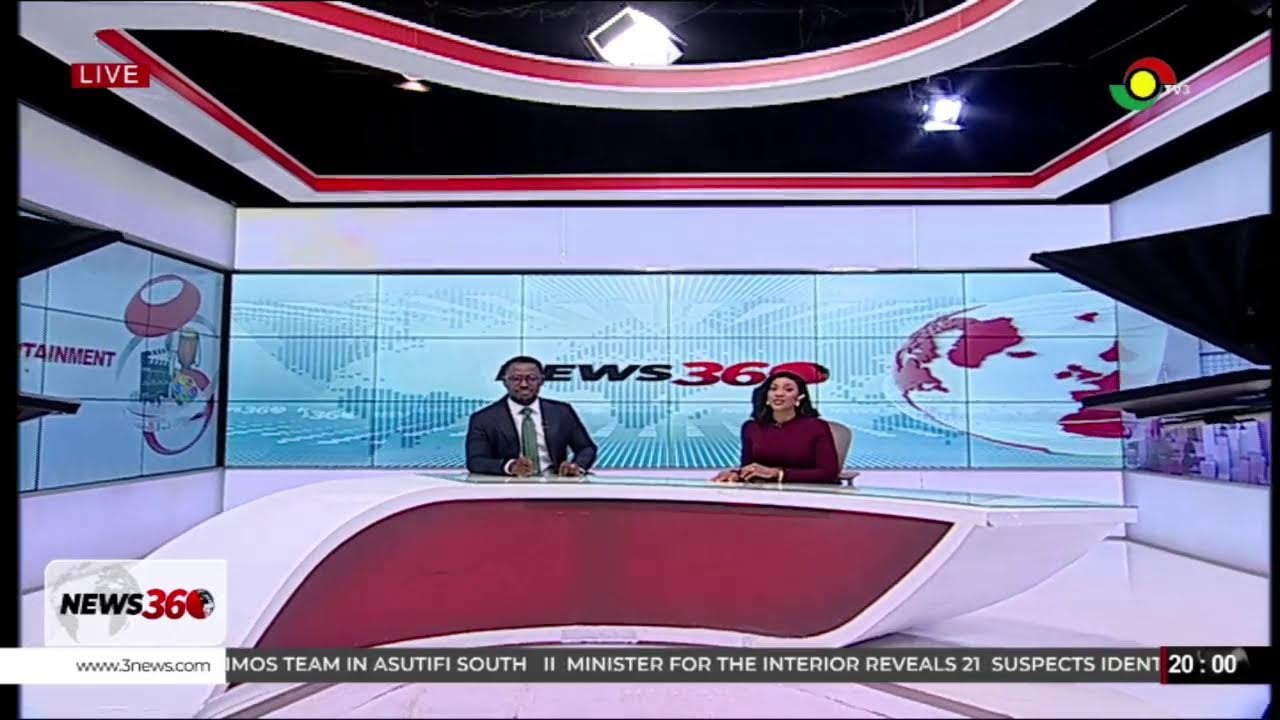
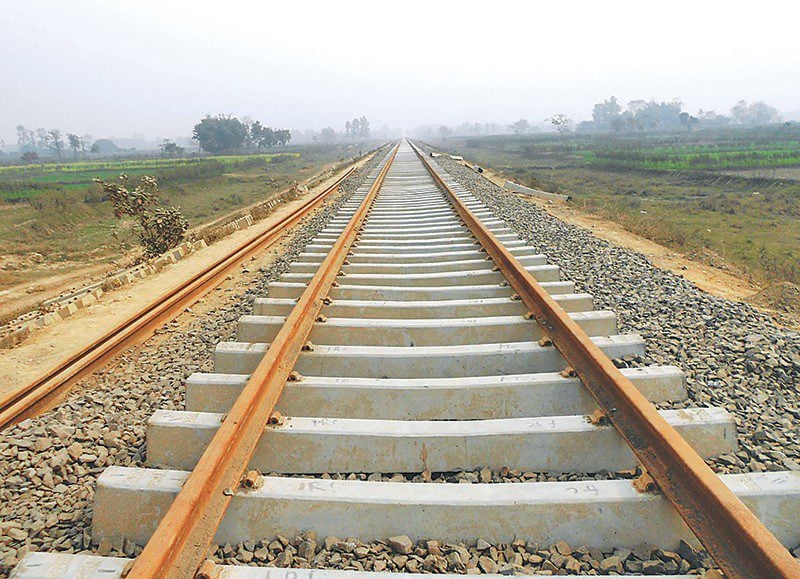






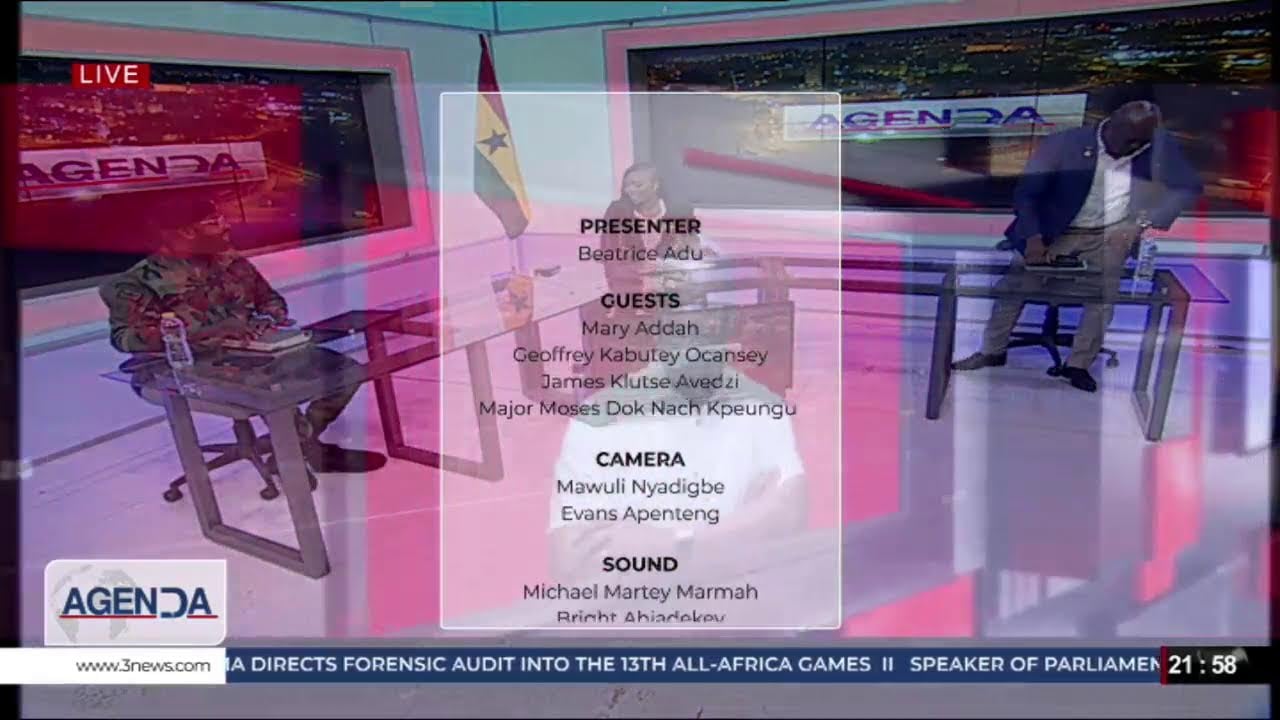
Facebook
Twitter
Pinterest
Instagram
Google+
YouTube
LinkedIn
RSS